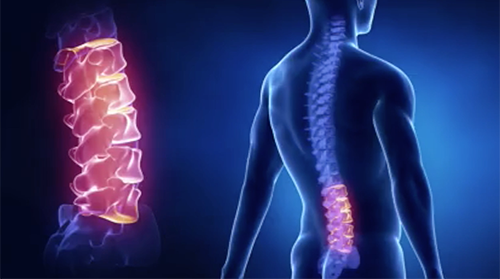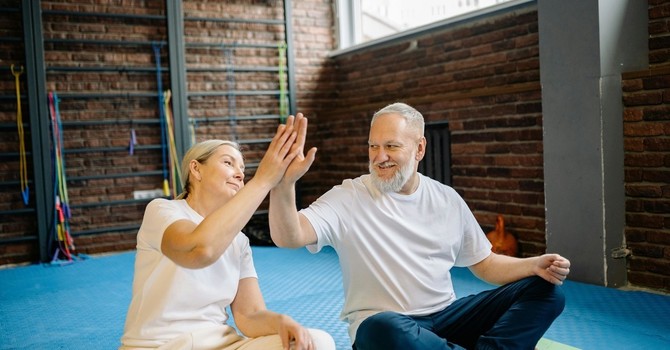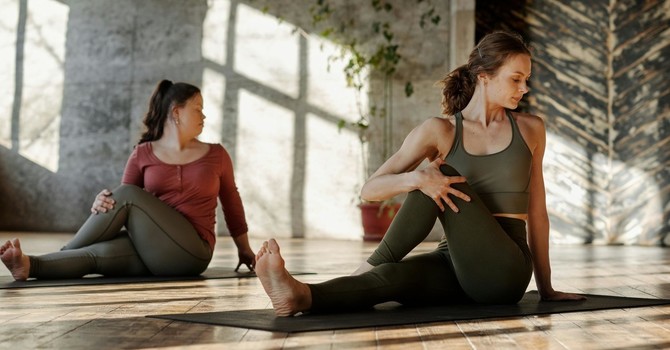
About 1/3 of the adult population will experience lower back pain and/or sciatica as a result of a lumbar disc lesion at some point in their lifetime. If you’ve ever heard the term “Herniated Disc”, but aren’t exactly sure what that means, consider watching this short video about Lumbar Disc Problems. If you suspect that you are suffering from this condition, here are 3 tips to help…
1. Home Ice–
Application of ice will help reduce inflammation by constricting swollen blood vessels. Ice may also help reduce muscle spasm and numb irritated nerves.
- Apply for 10-15 minutes. Break for 30 minutes. Reapply. (Alternatives to the ice pack include Ziploc bags filled with ice, or a bag of frozen vegetables.) Repeat several times a day as needed.
- Place a thin towel between your skin and the ice pack for comfort and safety.
- Use ice-massage for smaller areas. Begin by freezing a small paper cup of water. When frozen, tear off the bottom inch of the cup to expose the ice. Massage the indicated area for 5-10 minutes in a slow figure-eight pattern. Do not hold the ice in one position.
2. Perform the Abdominal Brace Exercise–
The basic goal of “abdominal bracing” is to tighten your abdominal wall in order to protect your spine. To help you perform this exercise, imagine that someone is about to punch you in your stomach. Your stomach muscles should contract to brace for the punch. Your abdominal wall should not be “sucked in” nor “pushed out”. Do not move your spine or pelvis. This contraction should be performed during all movements throughout the day to assist in spine stability. Watch a video of this exercise here.
3. Be Cautious Entering & Exiting a Vehicle–
Entering and exiting your vehicle is a potential risky activity for low back pain sufferers. Follow these tips to limit problems:
- To enter the vehicle, open the door and stand with your back to the seat, legs close to the side of the vehicle. For larger vehicles, you may wish to begin by standing on the running board. Place your hands on the door and doorframe to keep your movements slow and controlled then slowly lower your body into the vehicle.
- Tuck your head into the vehicle. Keep your knees close to each other, as though they have been taped together, brace your abdomen as though you’re about to be punched in the stomach and pivot your body as a whole without twisting or bending at the waist. You may grasp the steering wheel with your right hand to help you pivot.
- Use a lumbar roll or other support to help maintain good posture. Position the roll slightly above your belt to support the “small of your back”. Adjust your seat so that your knees are slightly lower than your hips. Try to avoid prolonged car rides- take frequent breaks.
- Before exiting, create adequate space by pushing your vehicle seat back as far as possible and move the steering wheel up and out of the way. To exit, first scoot slightly to the door side edge of your seat, then keep your knees together and pivot with the same cautions that you used to enter the vehicle. When your feet are shoulder width apart and firmly on the ground or running board, grasp the door and doorframe, lean forward, but be sure not to bend your back as you tighten your abdominal muscles. Slowly thrust your hips forward to stand up.
Researches have shown that disc bulges and sciatica may be successfully managed with conservative care like the type we will provide. So if you or someone you know suffers from Lumbar Disc pain, please give us a call first.




